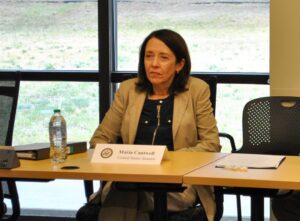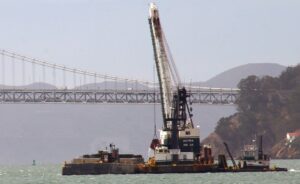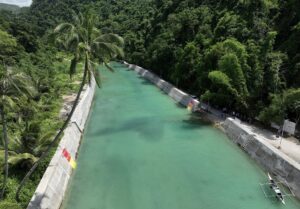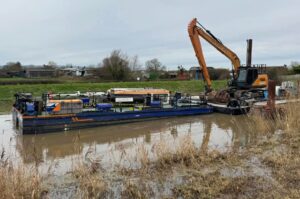Reducing toxics throughout Columbia River Basin
The Seattle and Denver offices of the Environmental Protection Agency are awarding $2M in grants to 14 organizations, universities, and government agencies to reduce and assess toxics affecting the Columbia River Basin watershed.
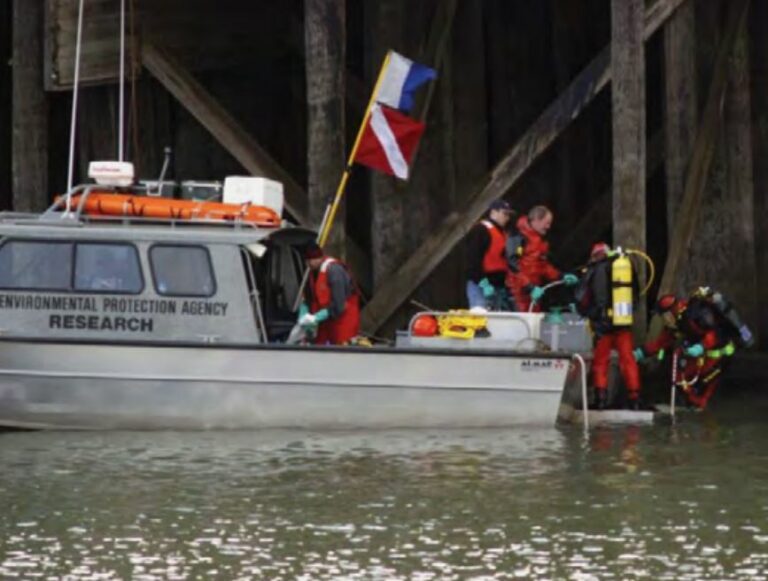
The grants are the first from the Columbia River Basin Restoration Funding Assistance Program which was established by Congress in 2016.
“These grants represent a critical new component of EPA’s efforts to protect and restore the Columbia River Basin,” said EPA Region 10 Regional Administrator Chris Hladick.
“We expect that these grants will encourage others to invest in complementary work that will provide significant reductions in toxics in the Basin.”
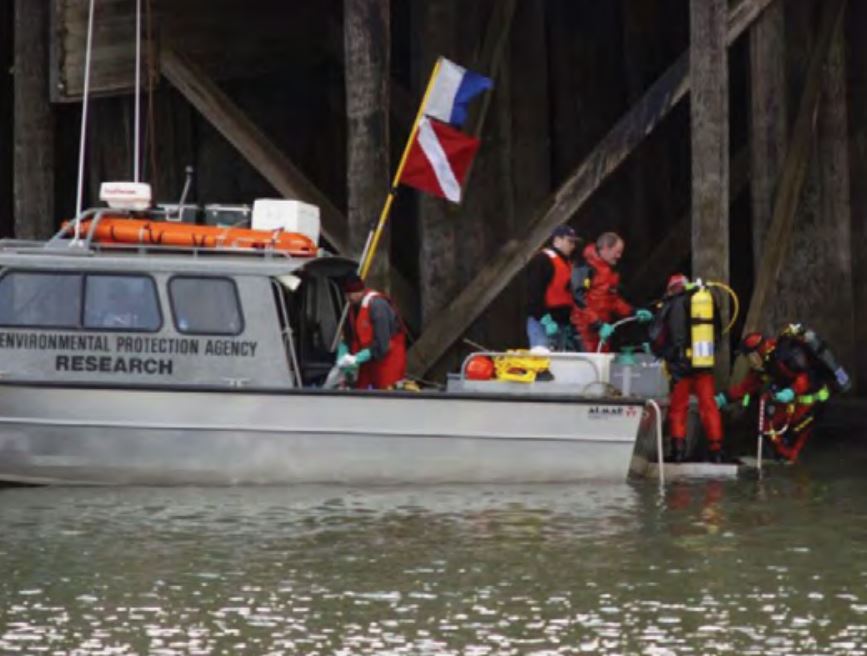
“EPA Region 8 has a strong history of working with our state and tribal partners to enhance environmental and human health in the Columbia River Basin,” added EPA Regional Administrator Greg Sopkin.
The Columbia River Basin Restoration Program was created in 2016, through an amendment to the Clean Water Act.
It established both a Funding Assistance Program and a working group made up of state governments, tribal governments, industry representatives, and others.
Under the Clean Water Act, water quality is addressed by reducing pollution, including sediment and toxics that can accumulate in water.



